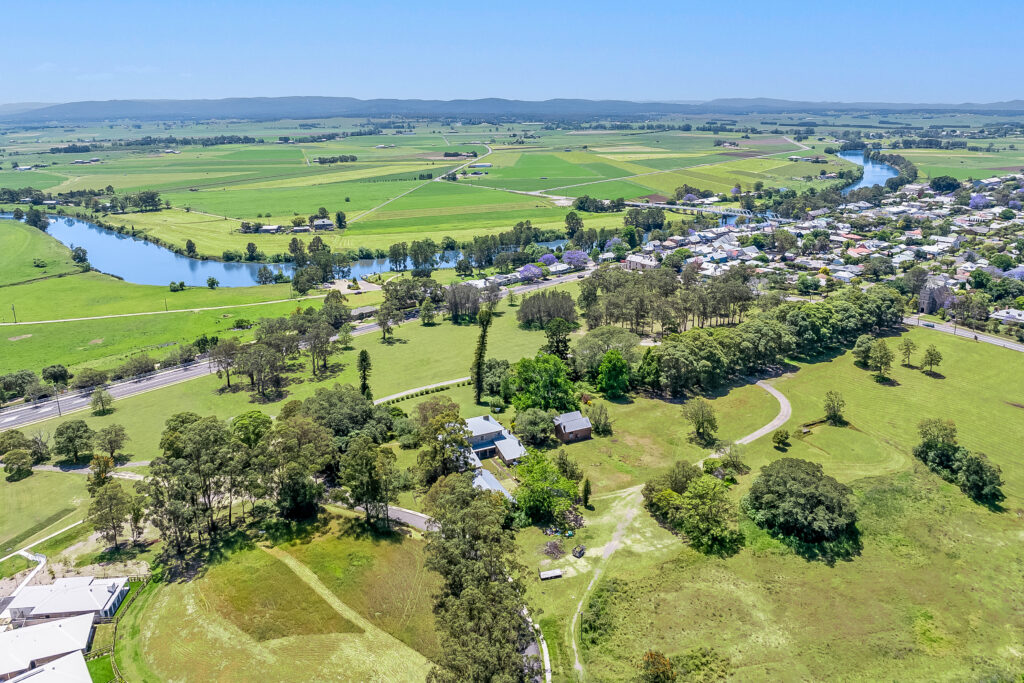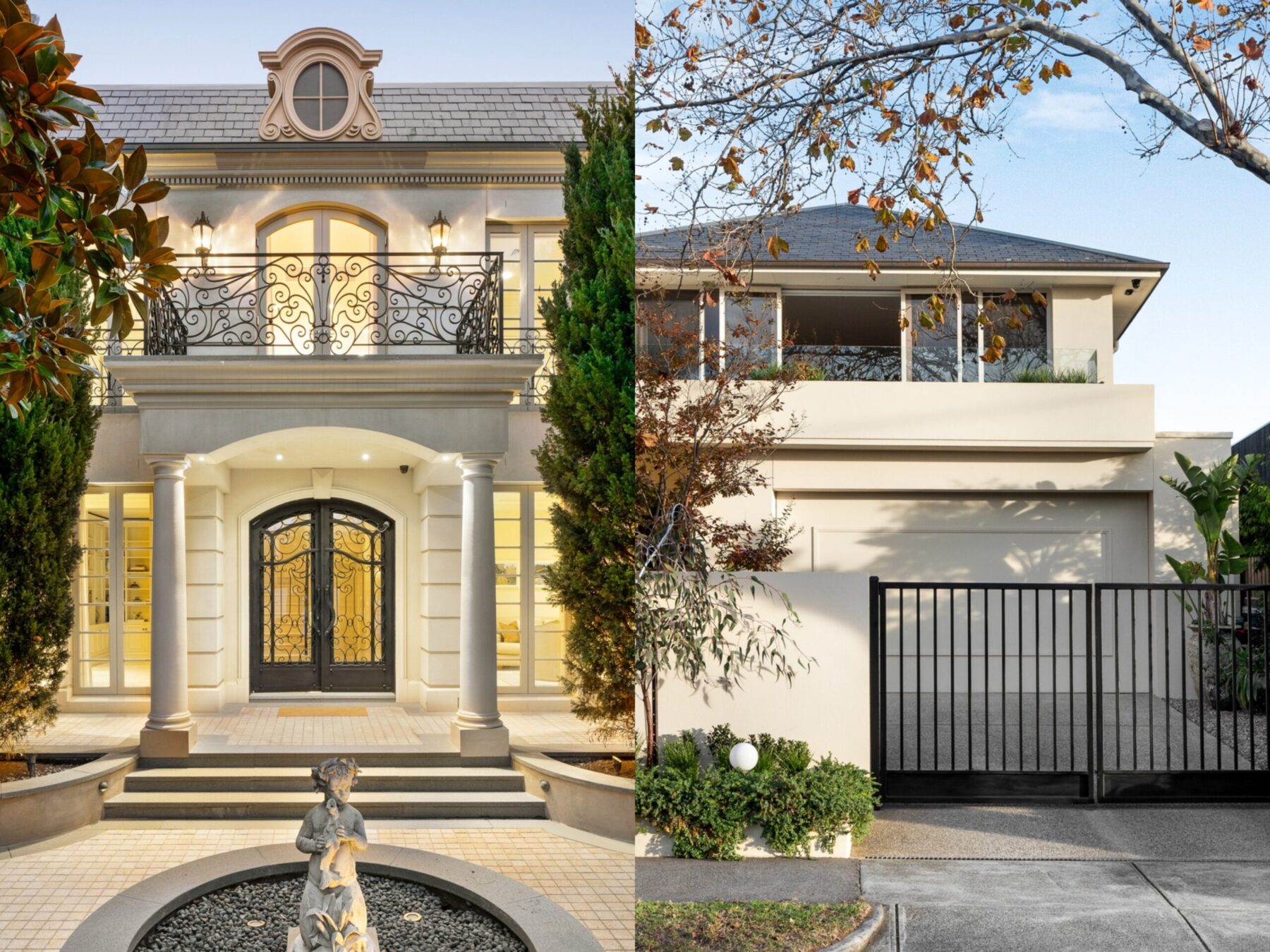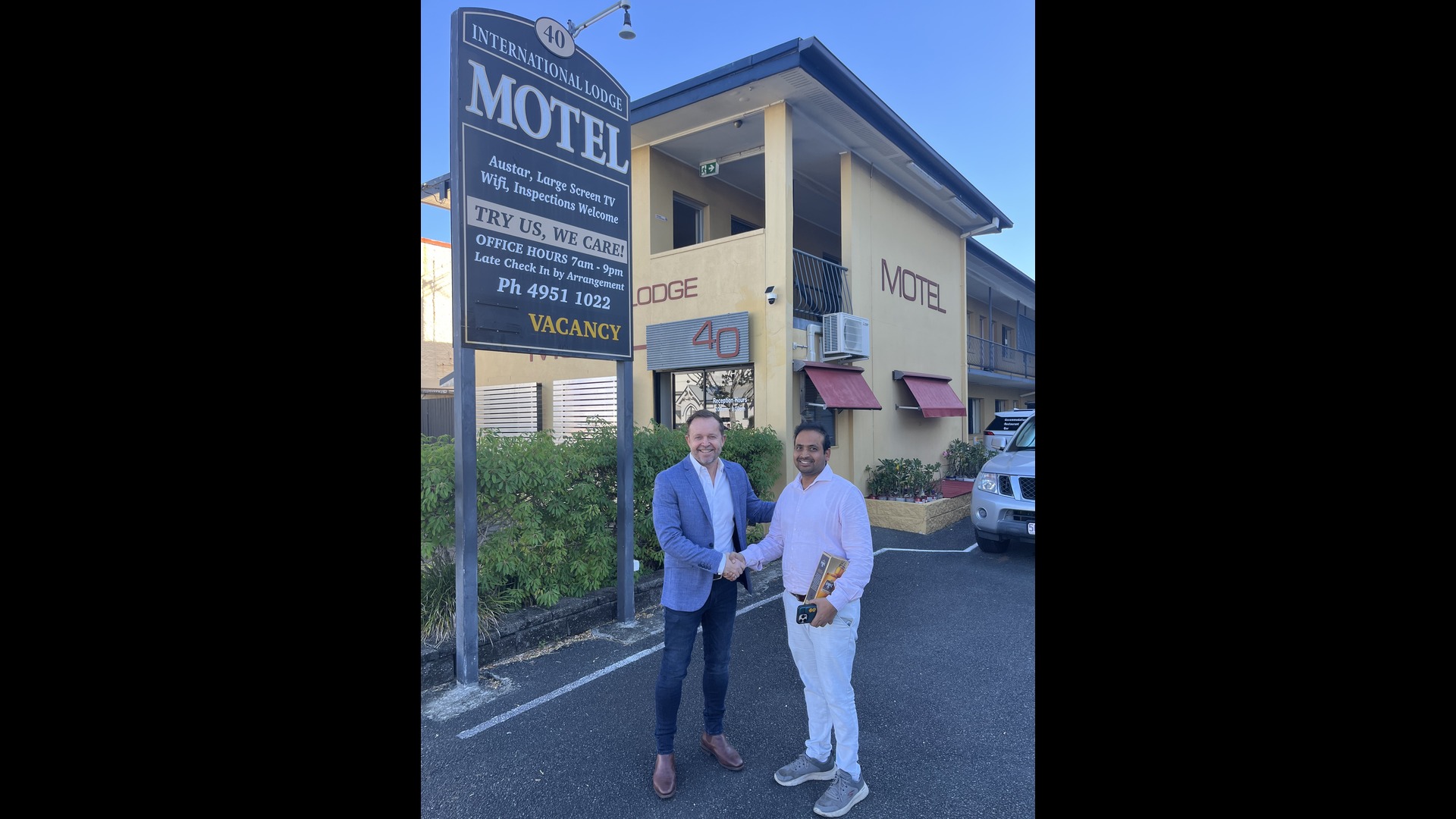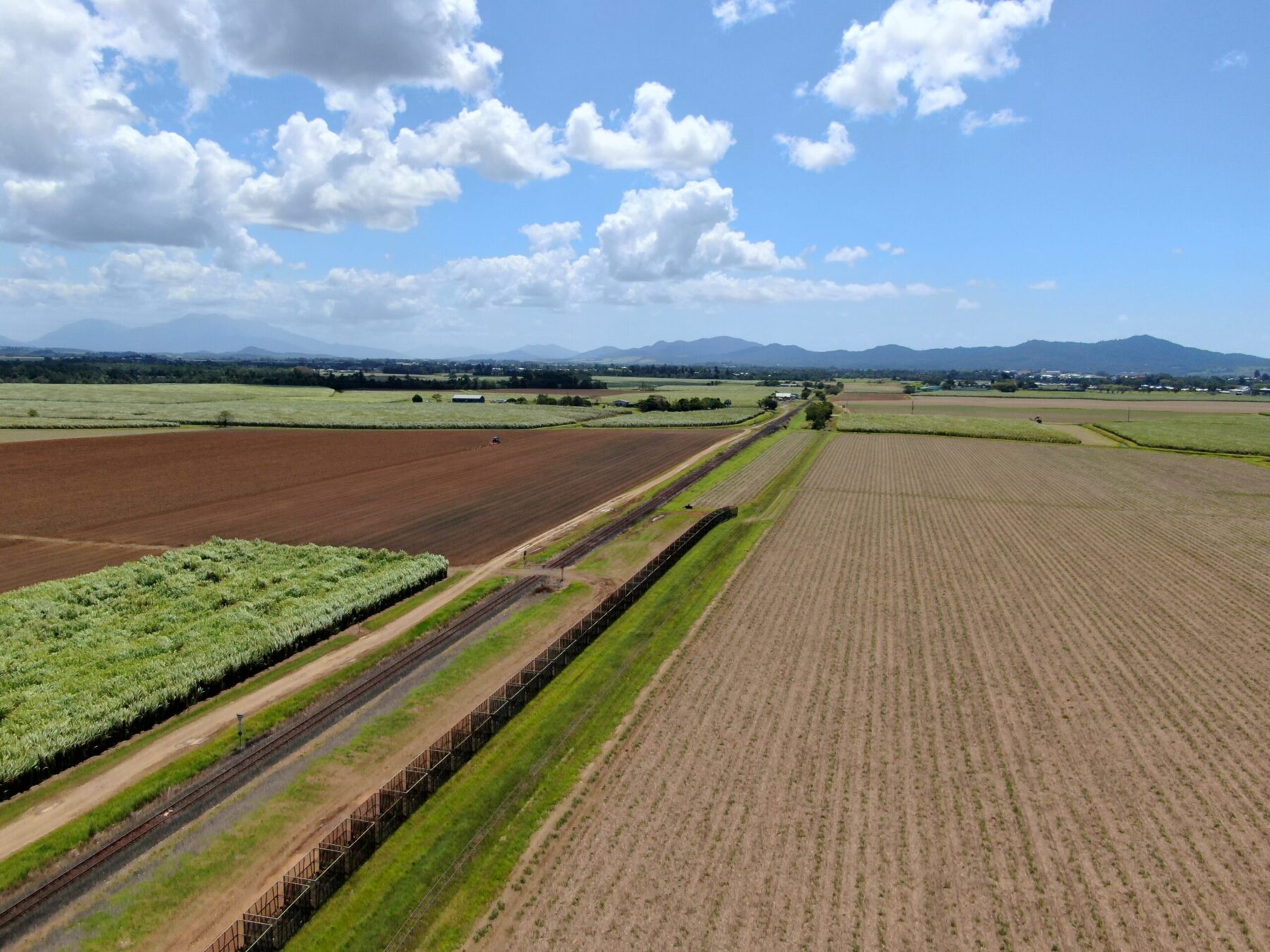Rare Opportunity to Own a Piece of Australian History: Heritage Listed Hunter Valley Estate Hits the Market
24 April 2025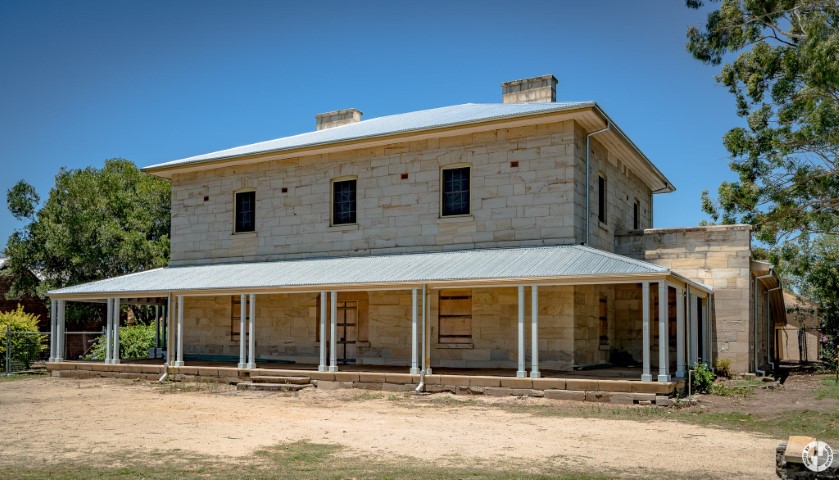
The listing of Closebourne House offers a very rare opportunity to invest in a landmark residence that holds a deep connection to Maitland’s colonial past
A very rare listing of a picturesque early 1800s historic masonry home with river views, surrounded by over two hectares of lush greenery, offering investment opportunities varying from being restored as a private residence, Airbnb, wedding centre, hotel or developed into retirement living has hit the market through Colliers.
The heritage listed Closebourne House which has previously operated as the home of a Bishop, a private residence, a boys’ home, a grammar school and a conference centre was added to the New South Wales State Heritage Register on 2 April 1999.
Closebourne House is a two-storey heritage listed masonry home with an elevated north aspect looking out to the Hunter River. It was once the residence of Bishop William Tyrrell, the first Anglican Bishop of Newcastle, and has played an important role in the region’s cultural and religious history. Over the years, it has been carefully maintained to preserve its heritage features, including original timberwork, grand fireplaces, and stately verandahs that overlook the lush, manicured gardens.
The landmark 2.10ha estate located at 367 Morpeth Road, is being offered for sale by Colliers experts Chris O’Driscoll and Ian Sanders and ACSL Property’s Shane Nicolson, on behalf of Keyton.
Colliers Healthcare and Retirement Living National Director Chris O’Driscoll said this property was one-of-a-kind and offered many investment opportunities varying from being restored as a private residence, Airbnb, wedding centre, hotel or developed into retirement living.
“This is an extraordinary opportunity to acquire a piece of history, Closebourne House is a true landmark property that offers historic elegance with timeless appeal.
“We expect very strong interest from heritage enthusiasts, investors, and those looking for a unique and prestigious residence,” Chris O’Driscoll said.
Colliers Healthcare and Retirement Living Head of Transaction Services Ian Sanders said the Closebourne House estate offered an opportunity for a developer to create picturesque retirement living with the site DA approved for a 180-bed residential aged care facility.
“The property will appeal to residential aged care developers and operators as well as developers who have a willingness to restore one of the region’s historic homes,” Ian Sanders said.
“Set on an expansive estate, the property is renowned for its Georgian architectural charm, historical significance, and picturesque surroundings.
“Located in the heart of the Hunter Valley, Closebourne House offers easy access to Maitland’s vibrant town centre, schools, and amenities while providing a tranquil retreat steeped in history.”
Morpeth is approximately 170 kilometres north of Sydney and 35 kilometres north-west of Newcastle.
History of Closebourne House and Morpeth
The residence was built from 1829 to 1849 by Edward Charles Close, Engineer of Public Works in Newcastle. Close subdivided his land in the 1840s during a severe depression in the colony. In 1840, some 20 of the lots were put up for sale. In 1841, another 35 went under the hammer and another 9 in 1849. In 1849, he sold his house, Closebourne, to the new Anglican Bishop of Newcastle for the sum of 1,600 pounds.
Morpeth, a quaint suburb in the Hunter Valley near Maitland, New South Wales, is renowned for its rich history and heritage, dating back to the early 1800s when it served as a vital river port along the Hunter River. The area flourished as a bustling trade hub for shipping goods down to Sydney, and today, many of the original colonial structures still stand. Heritage-listed buildings, including iconic landmarks like Campbell’s Store and the Morpeth Bridge, offer a glimpse into Australia’s past and make Morpeth a treasure trove for history enthusiasts.
